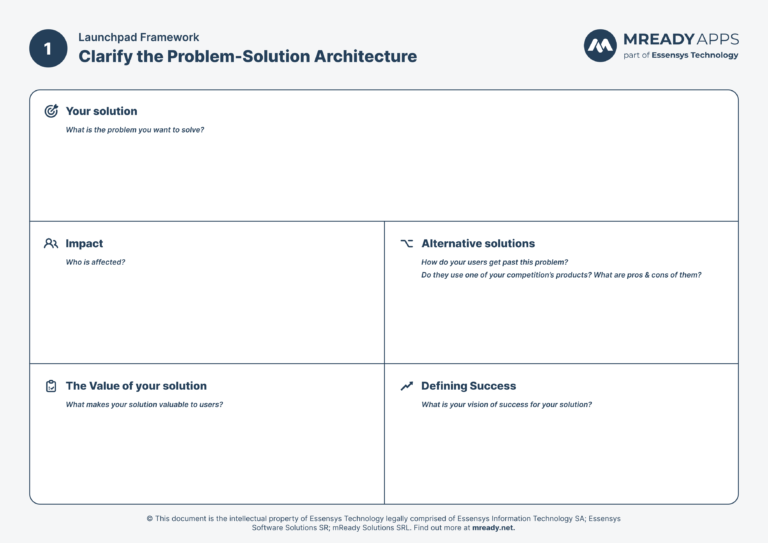We witnessed multiple failure destined projects, both hitting dead-ends or pivoting on an ascending path. The most common pitfalls we discovered are the following:
1. Falling in love with your idea
Innovation is not just about implementing ideas and throwing them on the market. Each idea needs a clear, cold, calculated plan and implementation process. Success is achieved with 10% inspiration and 90% hard work. Almost none of the existing successful apps were brilliant and innovative ideas. Yet why hasn’t anybody heard about their initial creator and how come these are the ones that succeeded? Facebook was not an original idea, WhatsApp was not an original idea, Tinder was not an original idea, AirBnB was not an original idea. The idea itself was not sufficient for its creator to succeed, but the problem it solved, and the solution’s execution was the game-changer that made the difference between success and failure.
Focusing on the problem, understanding it, mastering all its alternate solutions and users’ expectations are the game changers that churn winners from losers.
2. Creating the perfect app
Many entrepreneurs and innovators we met over the years have fallen into this trap. They delay the launch by creating new features, bringing up more ideas, investing in fine-tunning edge-case flows that seldom get used by the product’s actual users.
The perfect app or product does not exist. When you start building it, you will take decisions based on a clear set of initial assumptions, launch the Minimum Viable Product that can validate or invalidate them without focusing on detailing the edge-cases that might never be encountered. When building your MVP, time-to-market is critical to start collecting valuable feedback and insights from your customers and take data-driven decisions.
If you have already prototyped your idea and are currently in the process of refining your app based on the data you gained, there will be no “Swiss knife” solution that can make all your users happy.
3. A quick and dirty Proof of Concept is not a Product
Many clients came to us having an app already developed and launched, but that struggled gaining traction. They invested considerable amounts of money and effort in marketing their product, or acquiring users, but their retention was almost impossible.
Although their products had valuable solutions for their clients, the way the UX Design was created prevented users from returning to the app. Engineering the user retention, conversion, and reactivation funnels is just as important as having a great solution to a problem. What are the chances you would use an app that, although brings great value to you, is difficult to understand, use, or it irritates you?
4. Ineffective Budgeting
Unfortunately, this is one of the most common reasons startups or products fail. Many clients who we met over the years created their budgets around engineering and building the technical solutions and invested too little in promoting it, creating acquisition & marketing funnels to gain users.
If you do not have a free acquisition and marketing funnel available, 75% of your expenses go to buying or creating the mechanisms needed to gain traction.
If you are a TV Broadcasting Company or have free commercials, you will need to invest less in reaching your customers. Another way you can reach users is by having a newsletter / client base that will benefit from downloading the app and you start by promoting the app within your current network.
5. Not asking for relevant feedback
What many people don’t realize beforehand is that launching your app does not mean your work is done. Building success is a process that never ends and needs constant involvement and work.
Whether you release an MVP or a mature stable version of an app, don’t forget to maintain a feedback loop open with your clients and constantly monitor usage metrics of your app. If not, how will you know how to improve it? How will you know what different categories of users think of your app and what are the mechanisms that can increase revenue or savings?
And these are only some of the pitfalls that can arise when launching a mobile app. We designed the mReady Launchpad Framework to avoid having our customers go through the same pitfalls similar innovators have gone through before.
Read more on Developing a mobile app. What is it all about?
If you are in the process of ideating or creating a mobile app you can Book a FREE Product Discovery Session here

